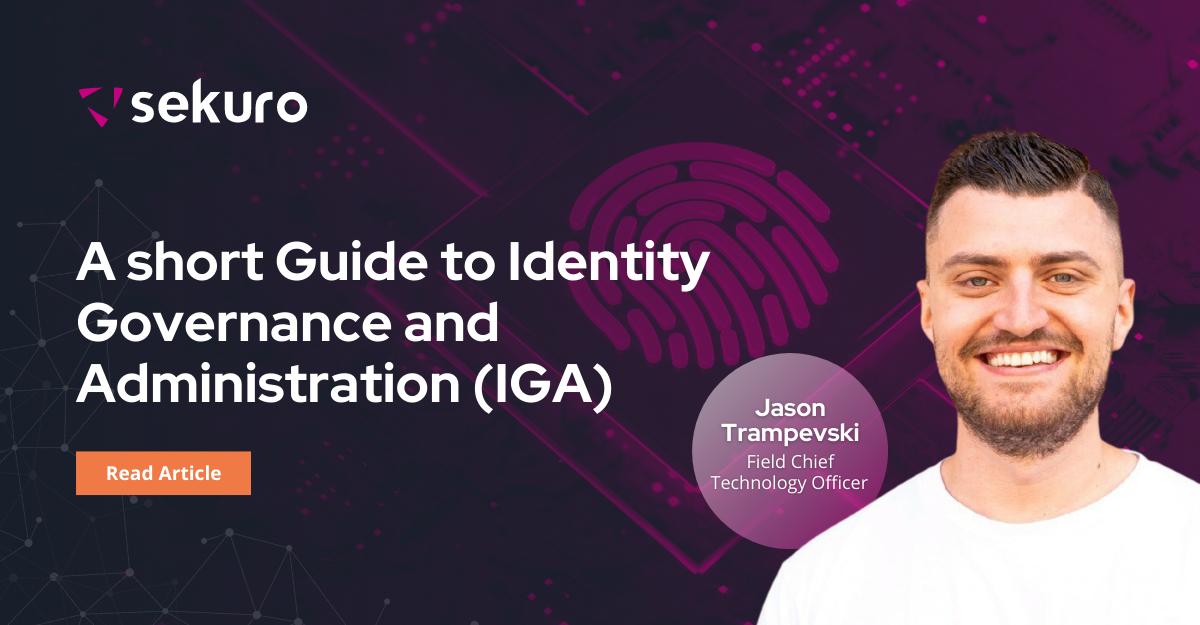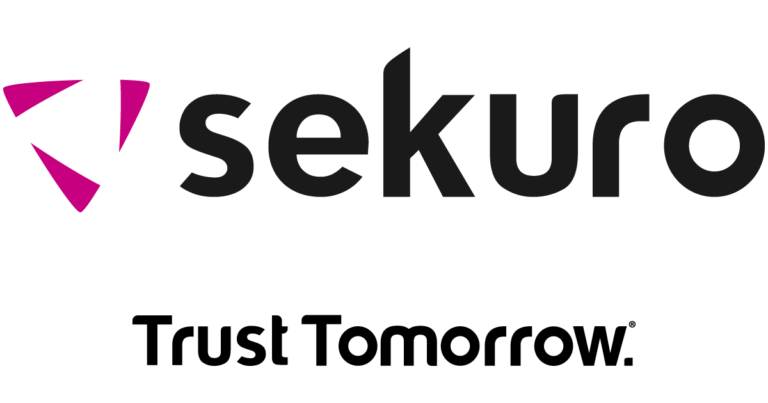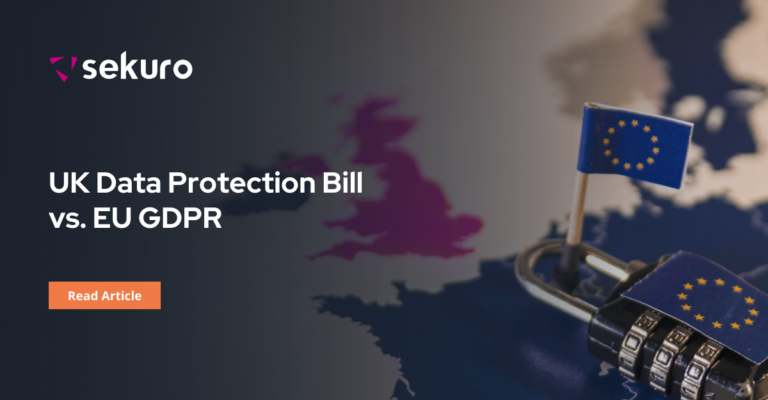What is IGA?
Identity Governance and Administration (IGA) helps security administrators efficiently manage user identities and access across the organisation. This means improved visibility over identities and access to help them implement the controls needed to prevent unknown or inappropriate access.
How does IGA differ to Identify Access Management (IAM)?
Whilst IAM defines and enforces policy, IGA goes one step further by connecting IAM functions to meet audit and compliance needs.
We find that organisations need to be quite advanced with identity management to seek IGA. Essentially, if an organisation doesn’t have IAM down pat, they will not have the right tools and processes to get IGA done right.
However, many organisations are finding that remote working has increased the need to extend identity management to IGA. This is because organisations are now managing identity across hundreds, sometimes thousands of devices, many of them unknown to the business. Because of the increased risk factors brought about by the wider network perimeter, more than ever, IT teams need to know that their IAM is meeting audit and compliance requirements.
Why might an organisation need IGA?
- To meet regulatory needs. Organisations that have privacy requirements set out in legislation. For example, the Australian Information Security Manual (ASM) and the Australian Privacy Act have an IGA requirement. Our partner Saviynt has a great whitepaper outlining legislative requirements that you can read here.
- To increase competitiveness. A small organisation that is looking to work with bigger players may seek IGA to demonstrate security and identity management maturity when and set itself apart in the market.
- Removing old accounts. IGA can automate user access reviews quarterly, yearly or even more frequently depending on requirements. This helps organisations that don’t currently have the time to do them or are manually managing these via forms and costly audits. This can help to identify old and/or unused accounts.
What are the benefits of IGA?
- Increase cybersecurity. By managing user access to information and systems, organisations can help reduce the risk of data breaches and other security incidents.
- Ensure compliance. Identity governance can help ensure compliance with industry regulations, such as ISO, APRA, NIST and GDPR.
- Improve operational efficiency. Automating user provisioning and access management can help reduce the amount of time and resources needed to manage digital identities.
How can Sekuro help with IGA?
Sekuro’s Identity Access Management and Governance Team will start by looking at where an organisation is up to in its IGA journey. Based on the organisation’s architecture and environment, Sekuro will recommend a step-by-step process to improve the organisation’s IGA posture.
Depending on the recommendations, the Sekuro team helps install new tools and embed them into the organisation’s processes – from HR to IAM – whilst also training and educating internal teams.
Our process and engagement is what really sets us apart. Sekuro enables organisations to secure their data and applications while reducing compliance risks. We help organisations gain visibility, control and automation needed to manage digital risk and enable compliance at scale. Sekuro can quickly and easily implement IGA best practices to protect customers’ data and applications from unauthorised access and malicious activity.
If you’re interested in learning more, you can contact our sales team or get a quick quote here.

Jason Trampevski
Field Chief Technology Officer (CTO), Sekuro
With over a decade of project experience, Jason has honed his skills as a strategic technology leader, helping organisations achieve their broader objectives through the effective use of technology. Whether it's building resilience or driving business success, he understands the critical role that the right capabilities play in achieving these outcomes. As a specialist in translating complex business requirements into technology solutions, Jason focuses on the critical elements of people, processes, and technology. By reducing complexity and ensuring these elements work together seamlessly, he helps organisations stay agile and competitive in today's rapidly evolving digital landscape.







